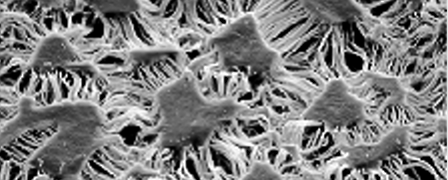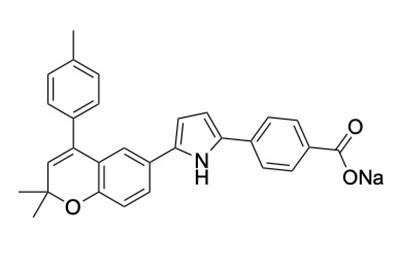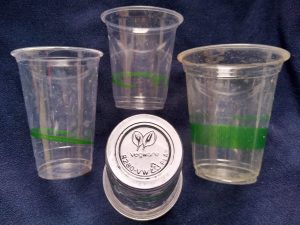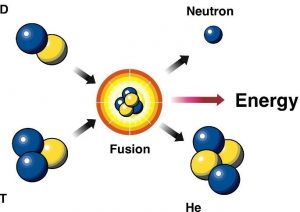Hyaluronic Acid, a viscoelastic and highly hydrated macromolecule, is being praised by researchers of the University of Pennsylvania (Philadelphia) for its wide range of applications towards tissue healing and regeneration.
Not just by doctors and dermatologists, HA products become recognized and favoured by users all over the world nowadays.
In the science community, Hyaluronic acid(HA) has been around for quite a while. However, it only recently gain general public’s attention through extraordinary performance in the beauty industry.
Trended since 2021, the period when skincare users had lots of time to do our own research. Because of quarantine, a lot of us discovered our skin type, hence what was right for our skin. And us beauty gurus comes to love HA for its affordability, great benefits, importantly, its suitability toward dry, oily, and even sensitive skin.
What is Hyaluronic acid?
HA is commonly present in our household in the form of beauty products, eyedrops, topical medications, and more.
HA is a glycosaminoglycan that is nonsulfated and non-protein, which can be found in our skin, eyes, joints… Specifically, one HA molecule contains 2 unit of sugars, glucuronic acid and N-acetyl-glucosamine, connecting to another HA molecule creating a polymer.

HA serum from The Ordinary (Toronto-based) receives more than 32,000 reviews on Google, winning media attention for its low price, basic ingredients, and outstanding hydrating effect. Credit: DECIEM.
Why HA?
The nice thing about HA is its viscosity and elasticity, these two properties make HA a great lubricant, also, give it the ability to retain moisture and water.
In our daily life, HA’s moisture retention proves to be beneficial. One can build his or her skincare regime based on Hyaluronic Acid, from facial cleanser, exfoliator, to acne treatment such as toner (AHA/BHA), moisturizer and serum. The benefits of HA are unlimited, from skincare to hair products like shampoo and hair serum, supplements, and more.
In the medical field, HA is widely recommended by doctors and dermatologists for its great ability to heal tissues and regenerate new skin. According to scientists, HA is a highly promising material to explore the process of tissue engineering such as cardiac and cartilage repair.






















